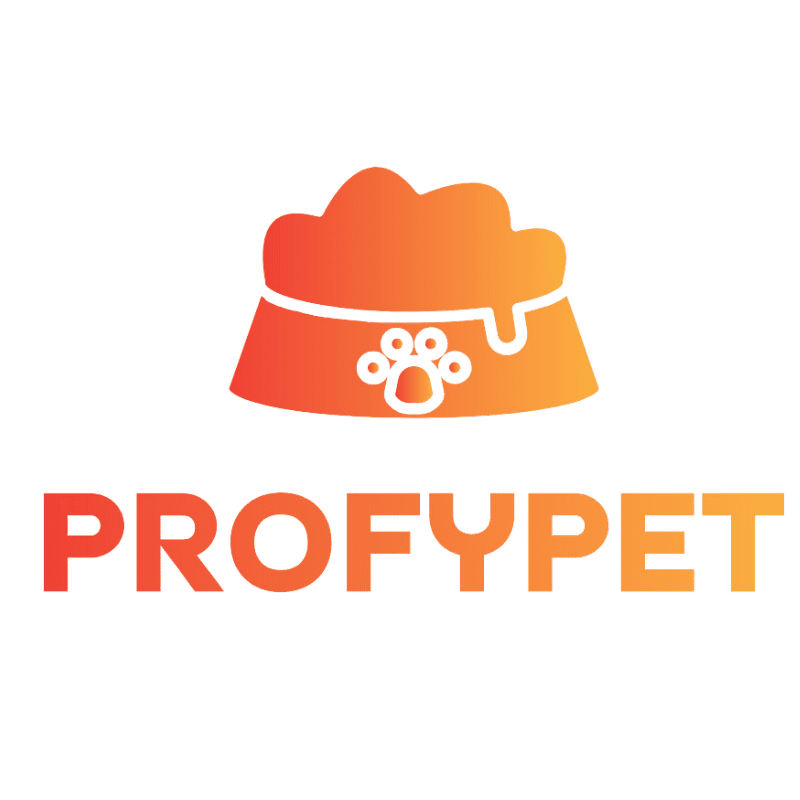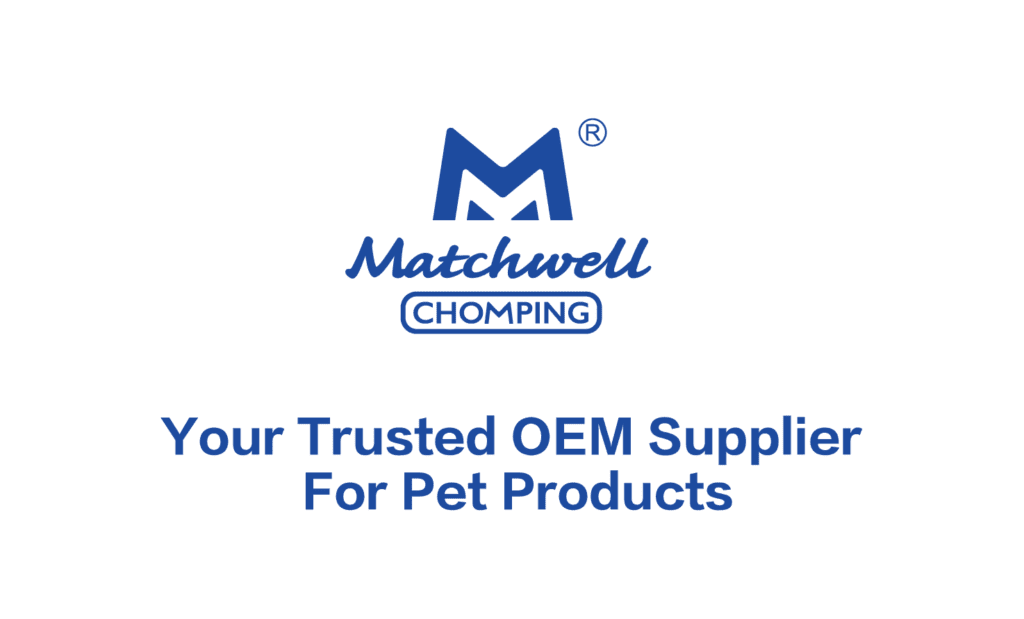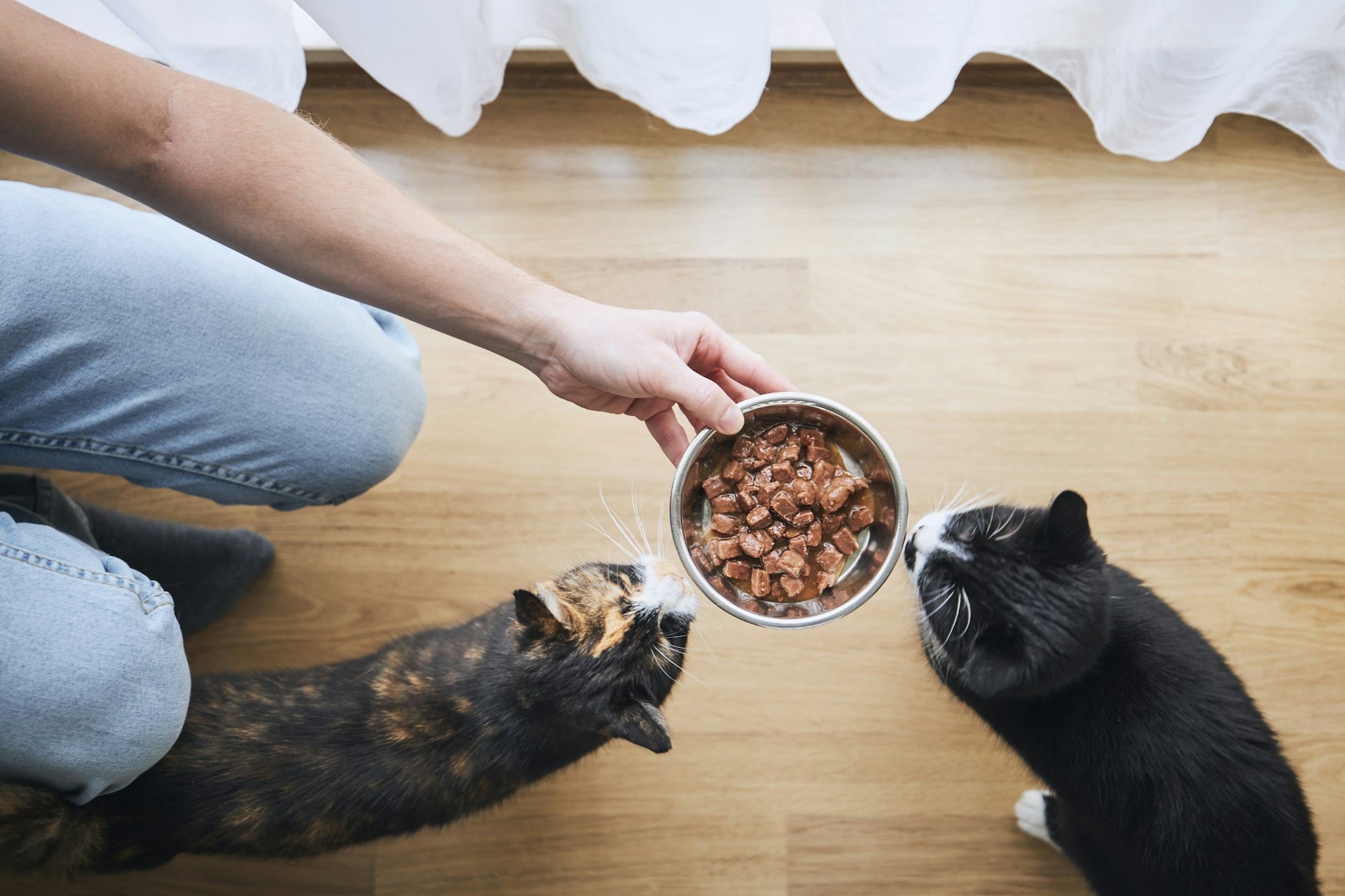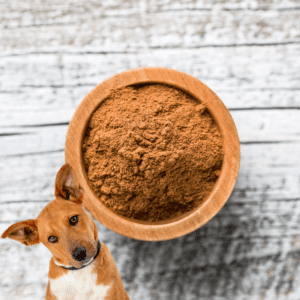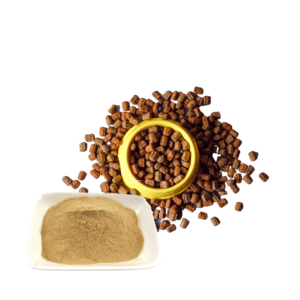The science behind palatability in pet food?
The science of pet food palatability is a complex field involving many factors that can influence an animal’s willingness to eat a particular type of food. These factors can include the taste, texture, smell, appearance of the food, its nutrient content, and other characteristics.
Palatability is important when formulating pet food, as it can affect an animal’s overall nutrition and health. To understand how to make pet food more palatable, researchers and pet food manufacturers often conduct palatability studies involving animals. These studies may involve offering different types of pet food to animals and observing their preferences and consumption patterns.
Palatability is also influenced by an animal’s preferences, which can vary based on their breed, size, age, and other factors. As a result, it is important to choose a pet food that is appropriate for your pet and that meets their nutritional needs.
The exact science behind pet food palatability is simple. Adding flavorings to pet food to improve the factors affecting palatability, which are mentioned below, stimulates the taste buds and olfactory epithelium receptors within your pet’s mouth and nose, respectively. Flavorings disguised in the food stimulate the taste buds and olfactory epithelium recipients, which essentially trick the pet into thinking the food tastes and smells better than it does, which makes them ready for nutritious and bland-tasting food which they otherwise may not easy and lose out on those nutrients in their diet.
The smell of pets is far more enhanced than it is for humans. Pets’ olfactory epithelium receptors are 10x stronger than those of humans. This is why flavorings that taste good and smell delicious will disguise the taste of bland regular pet food. It is also why pets often won’t rest on bland pet food because of its mediocre smell.
Please, however, caution that because pets’ olfactory epithelium receptors are far superior to humans, they only need small quantities of flavorings in their good to improve palatability. Otherwise, excess flavorings could damage their livers.
What influences palatability in pet food?
Several factors can influence the palatability of pet food, including:
1. Taste: Pet food can be flavored with various ingredients to make it more appealing to animals. Some common flavorings include meat, fish, poultry, and fruits and vegetables.
2. Texture: The texture of pet food can also affect its palatability. Some pets prefer softer foods, while others may prefer crunchier textures.
3. Smell: The smell of pet food can also influence its palatability. Many pets have a keen sense of smell and may be more attracted to foods with strong, appealing aromas.
4. Appearance: The appearance of pet food can also affect its palatability. Some pets may be more attracted to brightly colored or visually appealing foods.
5. Nutrient content: The nutrient content of pet food can also influence its palatability. For example, a food high in protein or other essential nutrients may be more appealing to a pet than a portion low in these nutrients.
6. Individual preference: Every pet is different and may have preferences regarding food palatability. Some pets may be picky eaters and may only accept certain types of food, while others may be more open to trying new things.
What are the advantages of good palatability in pet food?
There are several advantages to choosing a pet food that is highly palatable for your animal:
1. Increased nutrition: If your pet is more likely to eat a particular type of food, it will also be more likely to consume the important nutrients for its health and well-being. This can help ensure that they get all the nutrients they need to stay healthy and active.
2. Improved appetite: A highly palatable pet food can help to stimulate your pet’s appetite, particularly if they are picky eaters or have a decreased appetite due to illness or other factors.
3. Easier feeding: If your pet is more willing to eat a particular type of food, it can make feeding easier and more enjoyable for you and your pet.
4. Better weight management: A palatable pet food can help to prevent overfeeding and promote healthy weight management. If your pet is more likely to eat a food that is nutritionally balanced and satisfying, they may be less likely to beg for additional treats or snacks.
5. Enhanced overall health: By choosing a pet food that is both nutritionally balanced and highly palatable, you can help to support your pet’s overall health and well-being.
What are the disadvantages of palatability in pet food?
There are generally no significant disadvantages to choosing a pet food that is highly palatable for your animal. A portion of highly palatable pet food can have many benefits, including improved nutrition, appetite, and overall health. However, it is important to be mindful of portion sizes and to ensure that your pet is not overfed, even if they are particularly fond of a particular type of food. Overfeeding can lead to obesity and other health problems. Hence, it is important to follow the feeding recommendations on the pet food label and to monitor your pet’s body condition to ensure that they are at a healthy weight.
What is added to pet food to improve palatability in pet food?
There are a variety of ingredients that can be added to pet food to increase the palatability of pet food products. Some common ingredients include:
1. Flavorings: These can be added to pet food to make it more appealing to animals. Common flavorings include meat, fish, poultry, and fruits and vegetables.
2. Enhancers: These ingredients are added to pet food to enhance the flavor and aroma of the food. Common enhancers include garlic, onion, and various spices. It is important to note that particular food types, such as curry and onions, are not always suitable for pets’ diets and should be consumed in moderation.
3. Palatability agents: These are added to pet food to make it more attractive to pets. Some common palatability agents include fat, sugar, and other sweeteners.
4. Texturizers: These are ingredients that are added to pet food to alter the texture of the food. For example, cornmeal or wheat flour might be added to give pet food a crunchier texture.
It is important to note that not all of these pet food palatability additives increasing the palatability of pet food products are necessarily healthy or nutritionally beneficial for pets. It is important to choose a pet food formulated with high-quality ingredients that provide the nutrients your pet needs to stay healthy.
